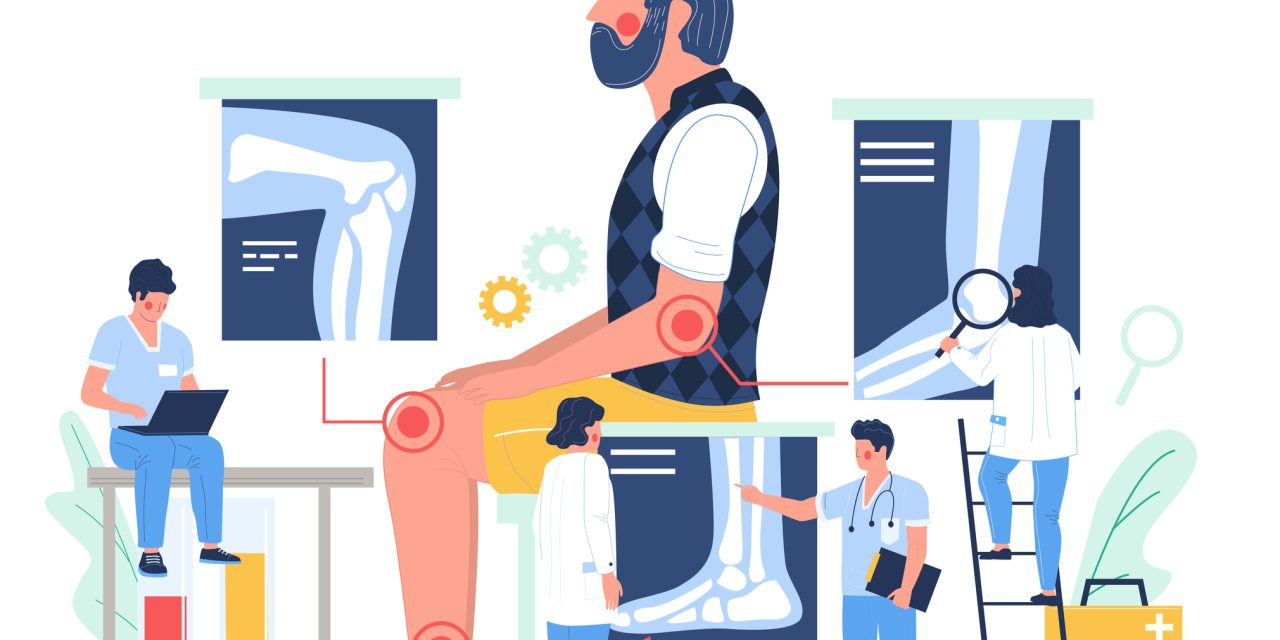This retrospective study investigated the survival rate and complications of medial opening wedge high tibial osteotomy (MOWHTO) with a precountered titanium locking plate.
Advanced age (≥ 50 years), gender, body mass index (BMI), type of osteotomy cut (monoplanar or biplanar), osteoarthritis (OA) grade, the use of bone grafting or substitution and preoperative hip-knee-ankle (HKA) have impact on MOWHTO survival.
A total of 167 knees (155 patients) were consecutively operated during the study period of 01.01.2006 – 31.12.2014. The primary outcome measure was survival without a need for revision to total knee arthroplasty (TKA). The secondary outcome was a major adverse event leading to revision surgery. Adverse events and complications were evaluated and radiological analyses were done. Furthermore, risk factors that affected the survival were analysed with the Cox regression model.
The mean follow-up time was 7.7 (SD 2.7, range 0.9-14.5) years. The Kaplan-Meier estimates for the cumulative survival considering no need for TKA after MOWHTO was 90% at 5 years, 78% at 10 years and 61% at 14.5 years (SE 0.4, 95%CI 11.2-12.9). The adverse event rate was 30% and 35% of the patients required a secondary surgery. The Cox regression model did not show that age, gender, weight, osteotomy type, the use of bone grafting or substitution, preoperative HKA angle or OA grade were not risk factors for conversion to arthroplasty.
MOWHTO with locking plate provides good survival with no need for TKA in 78% of the knee medial OA patients at 10 years of cumulative follow-up. However, a high adverse event rate (30%) is expected. Risk factors for conversion to TKA were not found and thereby hypothesis of this study was not proved. Level of Proof: VI; Retrospective cohort study.
Copyright © 2022 The Author(s). Published by Elsevier Masson SAS.. All rights reserved.
Survival and failure analysis of 167 medial opening wedge high tibial osteotomy with a locking titanium plate.


